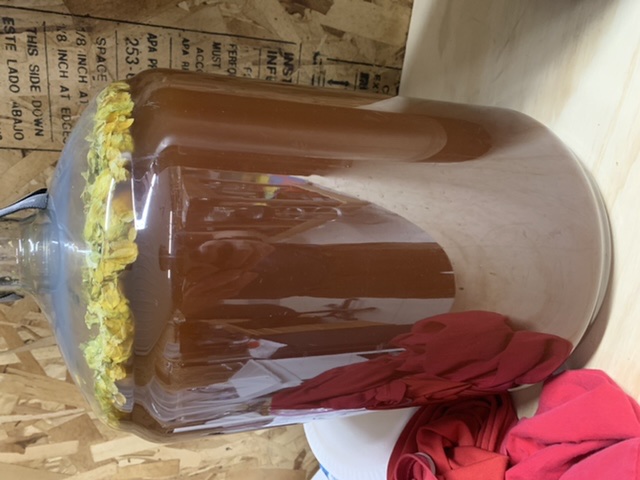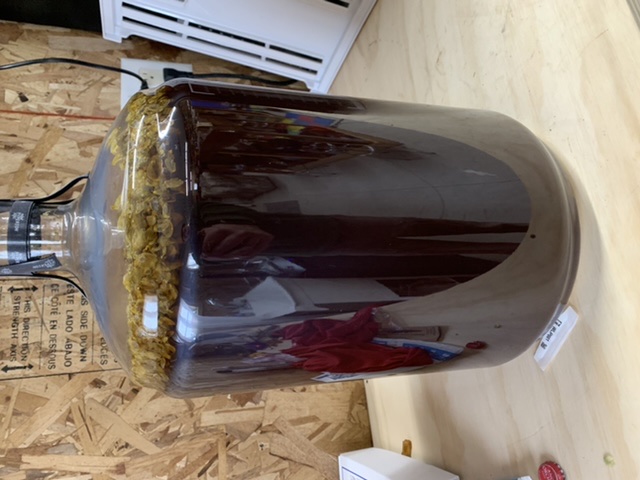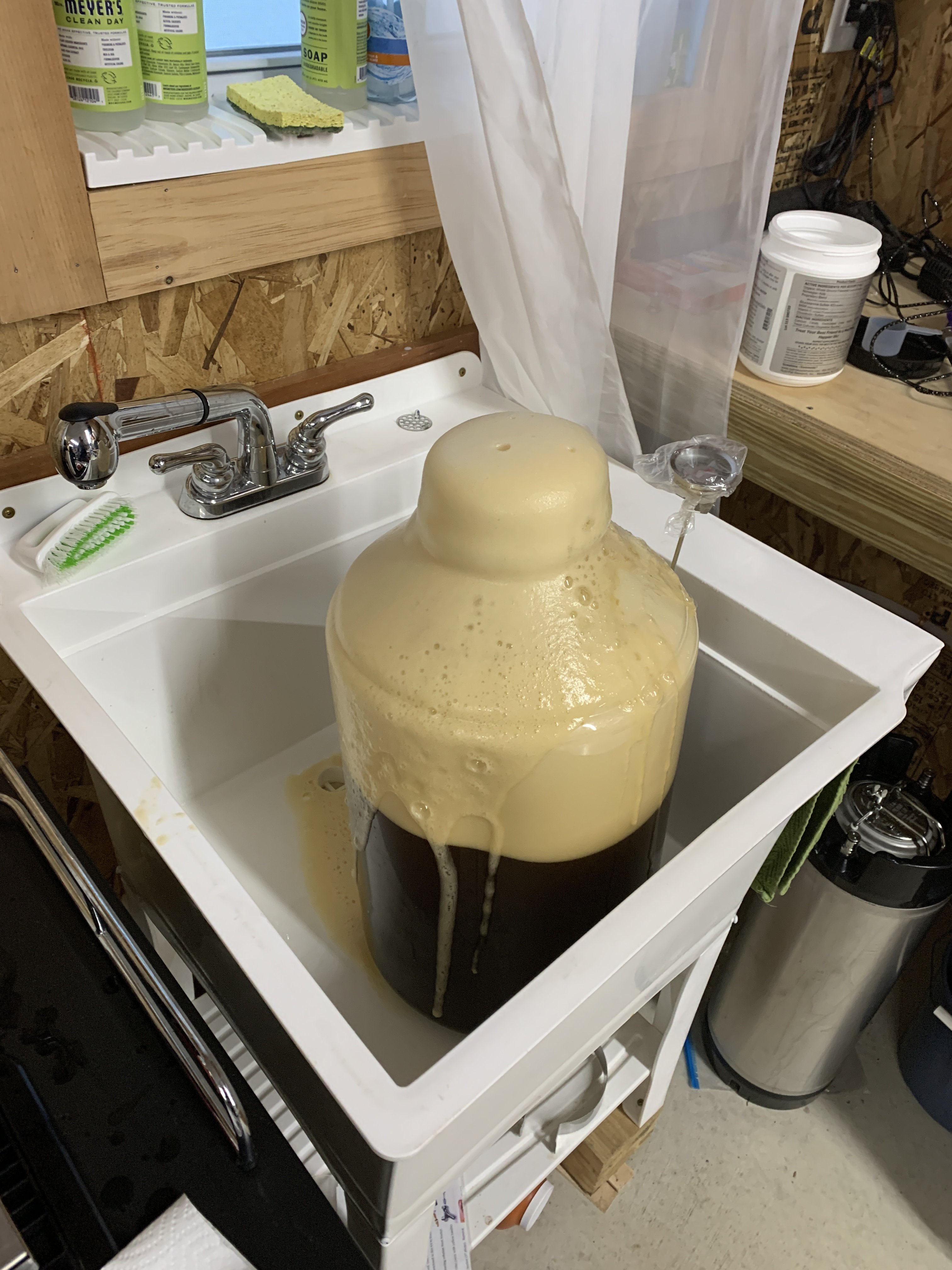
Top: Beer before transfer to secondary
Bottom: Beer before transfer to keg (from secondary)

I made a batch of Annivesary IPA from a kit from Niagara Home Brew and Wine here in Buffalo, NY. The ingredients were 3.3lbs of Pilsner Light liquid malt extract, 1 pound of Gold Dried malt extract and 16oz of honey. SafeAle S-33 yeast was used in the kit. OG was 1.062 (kit said 1.064 was expected). FG was 1.021 with expect FG of 1.015.
The problem (my mistake) was transferring out of primary after 4 days instead of waiting at least a week. Because of this, my FG is high and I thought I’d just drink it and learn going forward. BUT, it tastes bad. Not horrible, not good...just bad. It’s drinkable and there are no off flavors but it’s just bitter, sweet and alcohol is 5.6% where it should be 7% or so. As you can see from the pictures, it sat in secondary for a full week and really cleared out but that wasn’t enough to make up for the quick transfer out of primary.
I’ve already transferred it back to primary, it’s warming up to room temperature which is 68F and I have a packet of Nottingham yeast and 10oz of bottling sugar.
Question: What would you do to dry this beer out, lower FG and save this beer.
Last edited:


